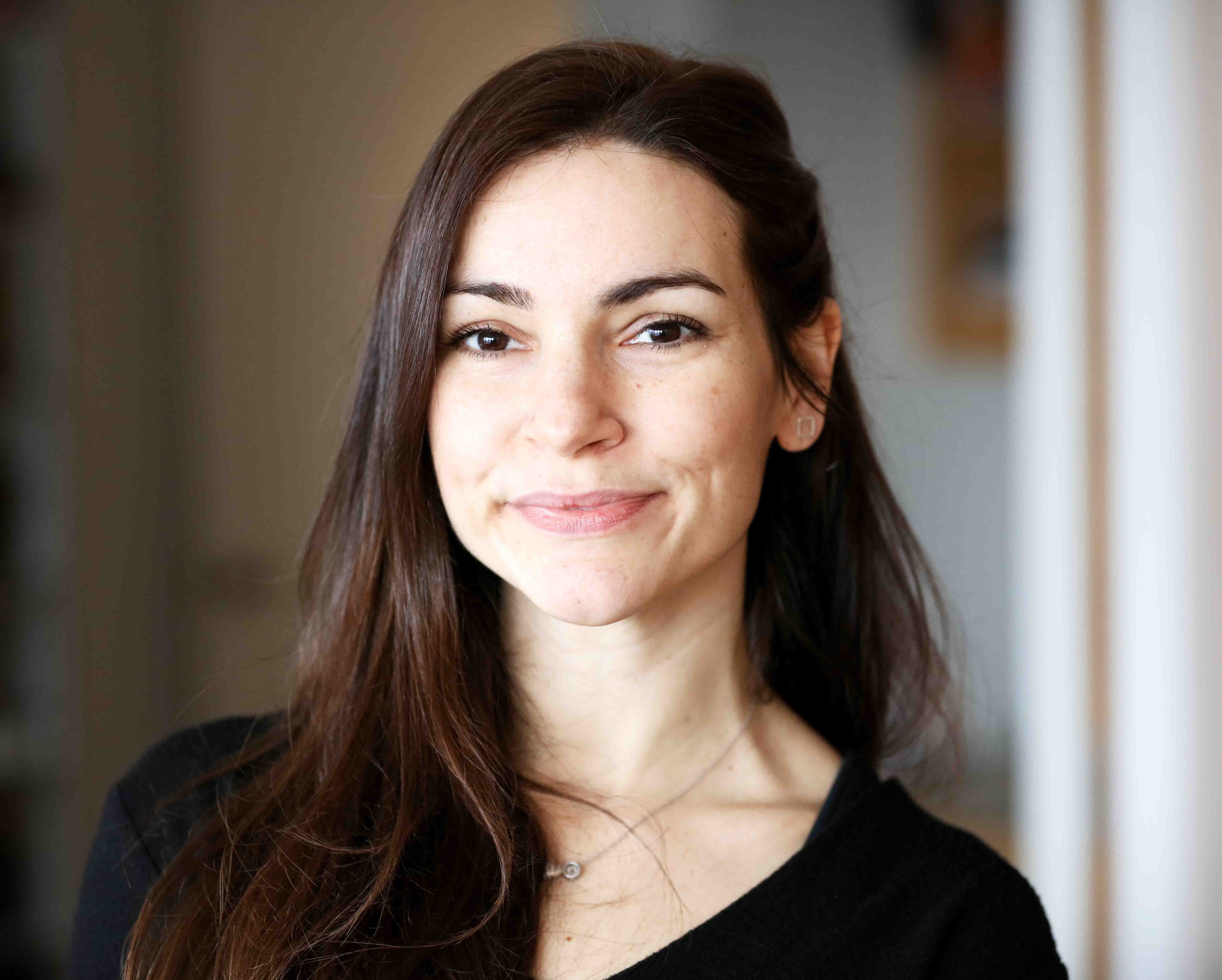
Josefina del Mármol
del Mármol Lab
Department of Biological Chemistry and Molecular Pharmacology
Harvard Medical School
C Building, Room 210
240 Longwood Ave, Boston, MA 02115
Email: Josefina_delMarmol@hms.harvard.edu
Website: delmarmol.hms.harvard.edu
Lab Size: Between 5-10
Summary
Our lab studies the molecular mechanisms of sensory transduction, seeking to understand how animals detect the physical and chemical cues from their environment and transform them into cellular signals. In particular, we focus on the sense of smell in insect vectors of disease.
Animals rely on their sense of smell for a large repertoire of behaviors, which in human-targeting insects such as mosquitoes includes finding a human host to bite and secure a bloodmeal. Odors, such as the smell of humans, are composed of combinations of millions of physically and chemically diverse odorant compounds, that a mosquito must detect and discriminate with fewer than two hundred olfactory receptors. How can this small number of receptors underlie the immense discriminative capacity of the olfactory system? In the del Mármol lab, we use cryo-electron microscopy and a variety of biochemical, electrophysiological, and functional assays to dissect the structure and function of insect olfactory receptors involved in the detection of complex odors.
In addition, insect vectors transmit deadly diseases (such as malaria, dengue fever, and Chagas disease) that take the lives of almost a million people every year and disproportionately impact the developing world. The lack of structural knowledge of insect olfactory receptors has severely hindered drug-discovery efforts to develop effective repellents that can curb the spread of these diseases. Therefore, research in our lab has the two-fold aim of uncovering the basic principles governing the transduction of chemical signals, and using structural insights into insect olfactory receptors to develop novel pharmacological tools for the containment of insect-borne diseases.
Publications
del Mármol J, Yedlin MA and Ruta V. The structural basis of odorant recognition in insect olfactory receptors. Nature. 2021;597(7874):126–31
Muller PA, Schneeberger M, Matheis F, Wang P, Kerner Z, Ilanges A, Pellegrino K, del Mármol J, Castro TBR, Furuichi M, Perkins M, Han W, Rao A, Picard AJ, Cross JR, Honda K, de Araujo I, Mucida D. Microbiota modulate sympathetic neurons via a gut-brain circuit. Nature. 2020 Jul;583(7816):441-446
Butterwick JA, del Mármol J, Kim KH, Kahlson MA, Rogow JA, Waltz T and Ruta V. Cryo-EM structure of the insect olfactory receptor Orco. Nature. 2018 Aug; 560(7719):447-452
del Mármol J, Touhara K, Croft G. and MacKinnon R. Piezo1 forms a slowly-inactivating mechanosensitive ion channel in mouse embryonic stem cells. Elife. 2018 Aug 22;7
del Mármol J, Rietmeijer R and Brohawn S. Studying mechanosensitivity of two-pore domain K+ channels in cellular and reconstituted proteoliposome membranes. Methods Mol Biol. 2018, 1684:129-150
